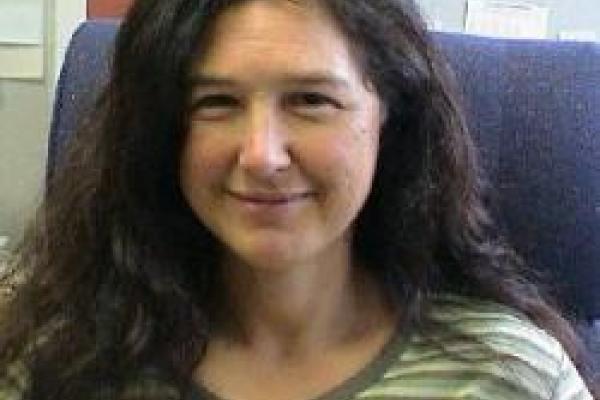
The newly discovered iron-based superconducting materials have added a new piece to the puzzle of high Tc superconductivity initially observed in the cuprates. Pnictides and cuprates share many properties in common such as ordered magnetic states in the parent compounds, doping dependent critical temperatures, and complex structures characterized by Cu or Fe planes. However, experiments have also revealed important differences such as (i) the metallic character of the parent compound for the pnictides indicating that the Coulomb interaction may be weaker than in the cuprates, and (ii) the larger role that the orbital degrees of freedom may play leading to multi-band Fermi surfaces in the iron-based compounds. In addition, while d-wave superconductivity has been firmly established in the cuprates, the symmetry of the pairing operator in the pnictides is still controversial and it appears to be material dependent. On the theoretical front there is the challenge of tackling charge, magnetic, and orbital degrees of freedom under the effect of intermediate-strength Coulomb interactions that may not be well captured by the traditional weak- or strong-coupling approaches. As a theoretical alternative we pursue numerical studies of model Hamiltonians for minimal models in small clusters to provide guidance in the construction of effective Hamiltonians or for mean-field states that capture the essence of more realistic models. Results obtained for the magnetic states, superconducting order parameters, spectral functions and resistivity will be compared with experimental data to highlight the advantages of this approach.
